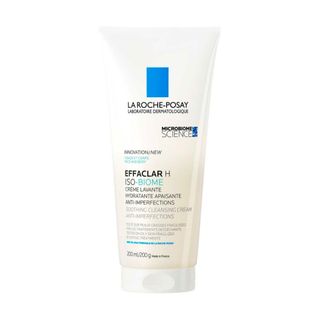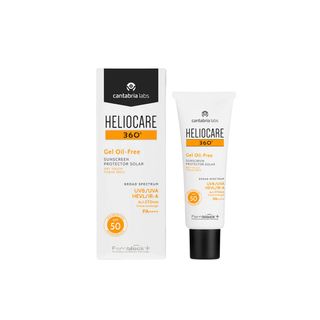This is how I got rid of my teenage acne for good
With adult acne on the rise, what can a 16-year-old tell you about how to treat breakouts?
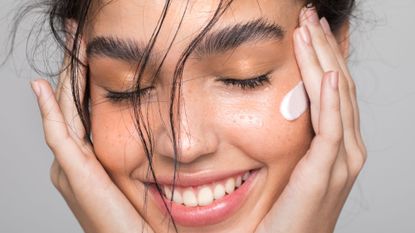
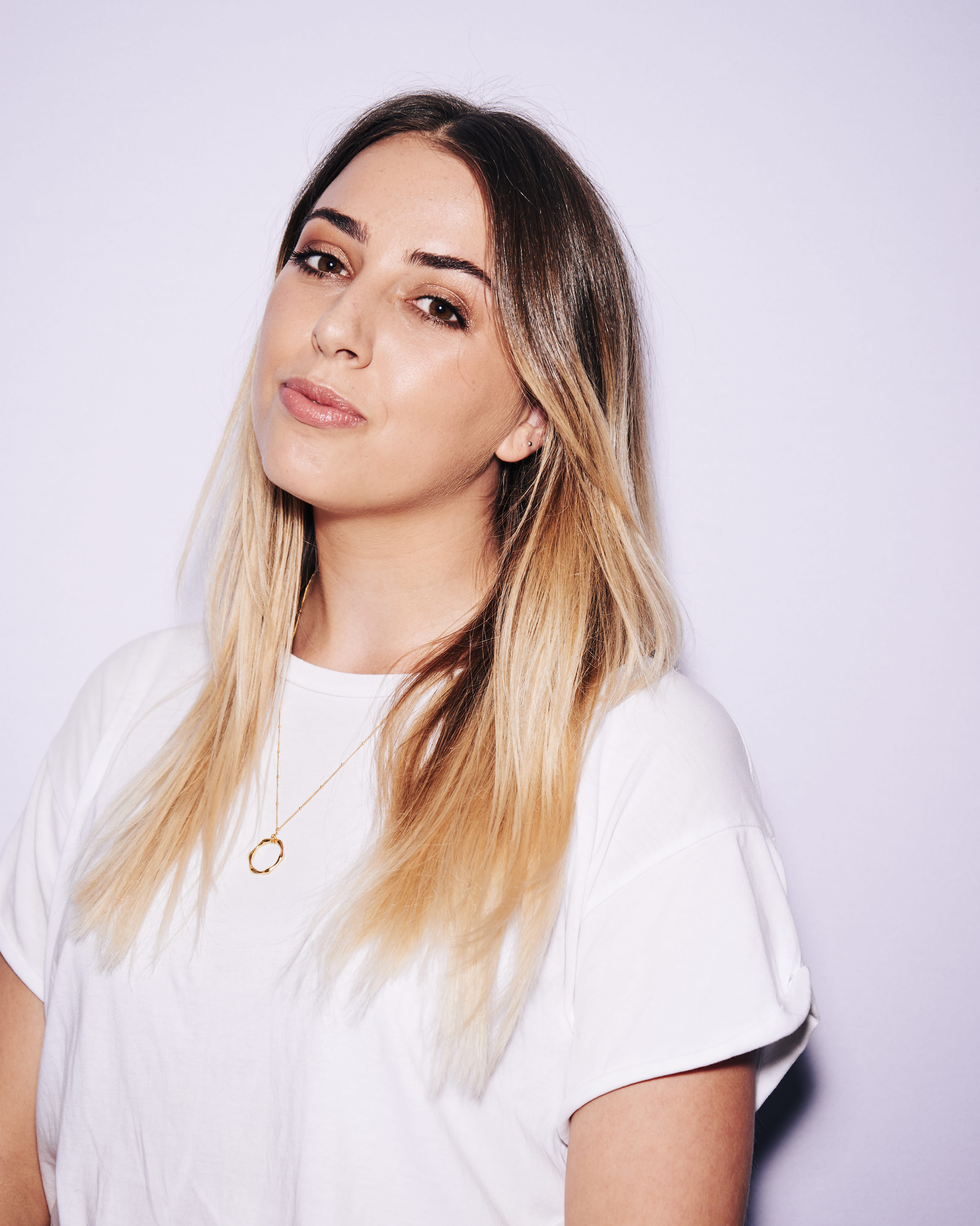
With adult acne on the rise, what can a 16-year-old tell you about the best acne treatments? In fact, according to the NHS, acne is most common in girls between the ages of 14 and 17. With hormonal changes taking place during puberty, it makes sense for teenage acne to be endemic.
If you started brushing up on the best skincare routine for acne and researching how to cover a spot at a young age, know you're not alone. As soon as we hit our teenage years and our hormones start fluctuating, it's normal to experience all different types of acne, from chin acne and forehead acne to back acne and chest acne.
And granted, treating teenage acne is far from easy. With so many hormones at play, sometimes it requires more than just popping some toothpaste on spots or reaching for the best acne face wash.
To help lift the lid on teenage acne, here Eliza Fleet reveals how she cleared up her severe condition in just three months and gives her top tips for doing so.
My experience with teenage acne
"I first developed teenage acne when I was around 13 and I hated it. I rarely left the house without make-up on and would wear foundation every day.
"Eventually my GP prescribed antibiotics, but when I ran out and took a break not only did my skin rapidly return to the way it was before, but actually started to get worse. I couldn’t leave the house without quite a few layers of make-up, which didn’t help. After a few months of this, my skin was at its absolute worst and the topical creams and gels doctors were prescribing just didn’t seem to work.
"Eventually at the beginning of summer 2016, I was prescribed the contraceptive pill (even though I wasn’t yet 16). Although this helped a bit, my acne was still severe and didn’t look like it was going to clear up without further action.
Marie Claire Newsletter
Celebrity news, beauty, fashion advice, and fascinating features, delivered straight to your inbox!
"It was clear I needed one of the best acne treatments to combat it. That’s when I got an appointment with a dermatologist, Dr Stefanie Williams of the Eudelo clinic in central London."
Teenage acne treatments
"After examining my skin thoroughly and talking through my current skincare routine, Dr Stefanie narrowed down my options to two: I could either take special skin antibiotics for three to six months together with prescribed topical creams, or I could go straight on a course of Roaccutane, an extremely strong anti-acne medication.
"I was very hesitant about the antibiotics – after all, my GP had already tried this and it seemed like an endless cycle. I really wanted to get rid of my teenage acne, but equally I knew Roaccutane could have side effects (including super dry skin, lips and even eyes, although Dr Stefanie reassured me that this can usually be avoided with lower daily doses). So I decided to go for the antibiotics.
"Under the dermatologist’s instruction I continued to use La Roche-Posay's Effaclar cleanser in the morning and night to wash my face, as well as La Roche-Posay's Toleriane Fluid moisturiser (Dr Stefanie advised me not to use the Ultra Fluide, although it sounds similar). In addition Dr Stefanie prescribed Dalacin T Lotion, a topical cream, to put on in the morning. This is a runny type of cream and I only needed a tiny bit to cover my whole face."
"At night, I was to use Differin gel. I had heard of this treatment before when Googling ‘how to clear teenage acne’, and had seen that for some people it had worked wonders, so I was curious to find out how it would work for me.
For ‘emergency’ spots, I was prescribed one of the best spot treatments, Duac gel. I'd used Duac in past months but had decided it was too drying to use on my whole face. I was prescribed Oxytetracycline antibiotic tablets to take four times a day for two months, after which I would go back for a follow up appointment.
Everything I was to be putting on my face and into my body was discussed, and I was given a printout of my facial routine, highlighting any extra measures I would have to take – for example, wearing a non-clogging specialist SPF50 sunscreen.
Finally, it was recommended that I come back for two dermatology grade 'acne facials' before my next follow up."
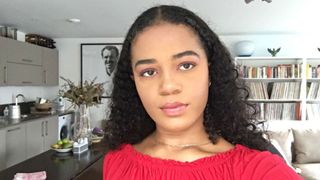
Teenage acne removal
"In between the months of my first and second appointment, I saw a massive change in my teenage acne. I went to pick up my new prescription the day after my first visit to Dr Stefanie and immediately started my new routine, making sure to keep very strictly to her instructions.
"I carefully spaced my tablets out throughout the day, readjusted my make-up routine (Dr Stefanie recommended a specialist acne foundation) and made sure to remove everything thoroughly at the end of the day so my topical creams could have their full effect. On top of this, three weeks later I had the first of my acne facials.
"I told the facialist how although my skin had improved a bit, my teenage acne was still active, and then lay down on a bench not really knowing what to expect. For the most part, it was very relaxing, starting with an exfoliating mask followed by a mild chemical peel. Then there was the unpleasant bit. I had been told about facial extraction before and how much it hurt but I did not anticipate just how much.
"The facialist used a specialist technique to extract all the gunk from my pores, around my whole face while I lay there with my hands in balls concentrating on not screaming, knowing it was all going to be worth it in the end. Afterwards a clarifying clay was applied for around 15 minutes to help calm my skin. I left the first facial feeling slightly numb and with my face stinging just a bit, but feeling like it had at least worked.
"The second facial wasn’t as eventful – and if that sounds like a bad thing it definitely wasn’t. By now my skin had got a LOT better, the spots had calmed down a lot and my skin was much less active, so as a result the extraction was half as long and half as painful. I was so pleased when she explained this was because my skin was actually getting clearer and cleaner.
"My follow up appointment was three months later and to say I was happy with my progress would be an understatement. My skin was virtually clear apart from a few spots that had not come through at all and had already started to go down, and my teenage acne was not active at all. Dr. Stefanie confirmed that it had indeed got much better than it had been before and was very happy with my progress. I had finished my course of antibiotics two days before, so we talked through what to do next.
"The end result was a break from the antibiotics and see how my skin holds up with just prescription creams – with Dr Stefanie advising that if my skin flared up again I might ultimately need Roaccutane to 'switch the teenage acne off'. I was prescribed a new topical regime. In the morning I would alternate between Skinoren cream and Treclin gel and in the night I would apply the White Balance Click serum to help my post inflammatory pigmentations, followed by Diffein cream to keep the acne at bay (Dr Stefanie had switched the Differin gel to Differing cream) plus two further acne facials.
"I left feeling that I was going in the right direction for my skin. I also found out that it was good I started treating my skin early to avoid real acne scarring, which is pretty much impossible to get rid of once it's there."
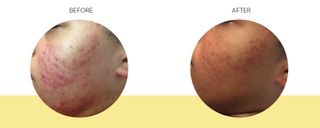
"Now I feel so much more confident overall. I remember going into my first appointment and being told I was beautiful inside and out by the lady working at the reception desk – and then going in for my last appointment, seeing the same woman and her being so surprised and supportive of how my skin has improved.
"Two festivals and many post-exam late nights out later, my skin is still good. I often opt to go without make up – something I wouldn’t have dreamed of before – which in turn helps my skin to breathe.
"I’m hopeful the acne won’t come back, but if it does I have a plan to deal with it."
Tips to get rid of teenage acne
Wash and moisturise with the right products
"I use La Roche-Posay Effaclar K (+) cleanser in the morning and night to wash my face and La Roche-Posay Toleriane Fluide moisturiser."
Limit the number of products you use on your skin...
"... and make sure they are suitable for acne skin. Dr Stefanie, for example, advised that I completely cut out the face masks I had been using several times a week, as my prescription creams are more effective but don't go well with my masks."
Use the right foundation
"I was recommended Oxygenetix's Oxygenating Acne Control foundation, one of the best foundations for oily skin that's prone to acne."

This foundation is often recommended for acne-prone skin thanks to its skincare-packed formula.
Wear sun cream...
"... to avoid further darkening of pigmentation, but make sure to use a non-clogging product. The dermatologist gave me Heliocare XF SPF50 Gel, but whatever product you use, make sure it's light and oil-free with brand spectrum SPF 30-50 protection."
Dr Stefanie Williams is based at the Eudelo, 63 Bondway, London SW8 1SJ

Shannon Lawlor is the Executive Beauty Editor at Marie Claire. With nearly a decade of experience working for some of the beauty industry’s most esteemed titles, including Who What Wear, Glamour UK, Stylist and Refinery29, Shannon’s aim is to make the conversation around beauty as open, relatable and honest as possible. As a self-confessed lazy girl, Shannon has an affinity for hard-working perfumes, fool-proof make-up products and does-it-all skincare.
-
 Anne Hathaway had to kiss 10 men during a 'gross' chemistry audition early in her career
Anne Hathaway had to kiss 10 men during a 'gross' chemistry audition early in her careerUgh
By Iris Goldsztajn
-
 There was a hidden code in Baby Reindeer that everyone completely missed
There was a hidden code in Baby Reindeer that everyone completely missedDid you spot it?
By Jadie Troy-Pryde
-
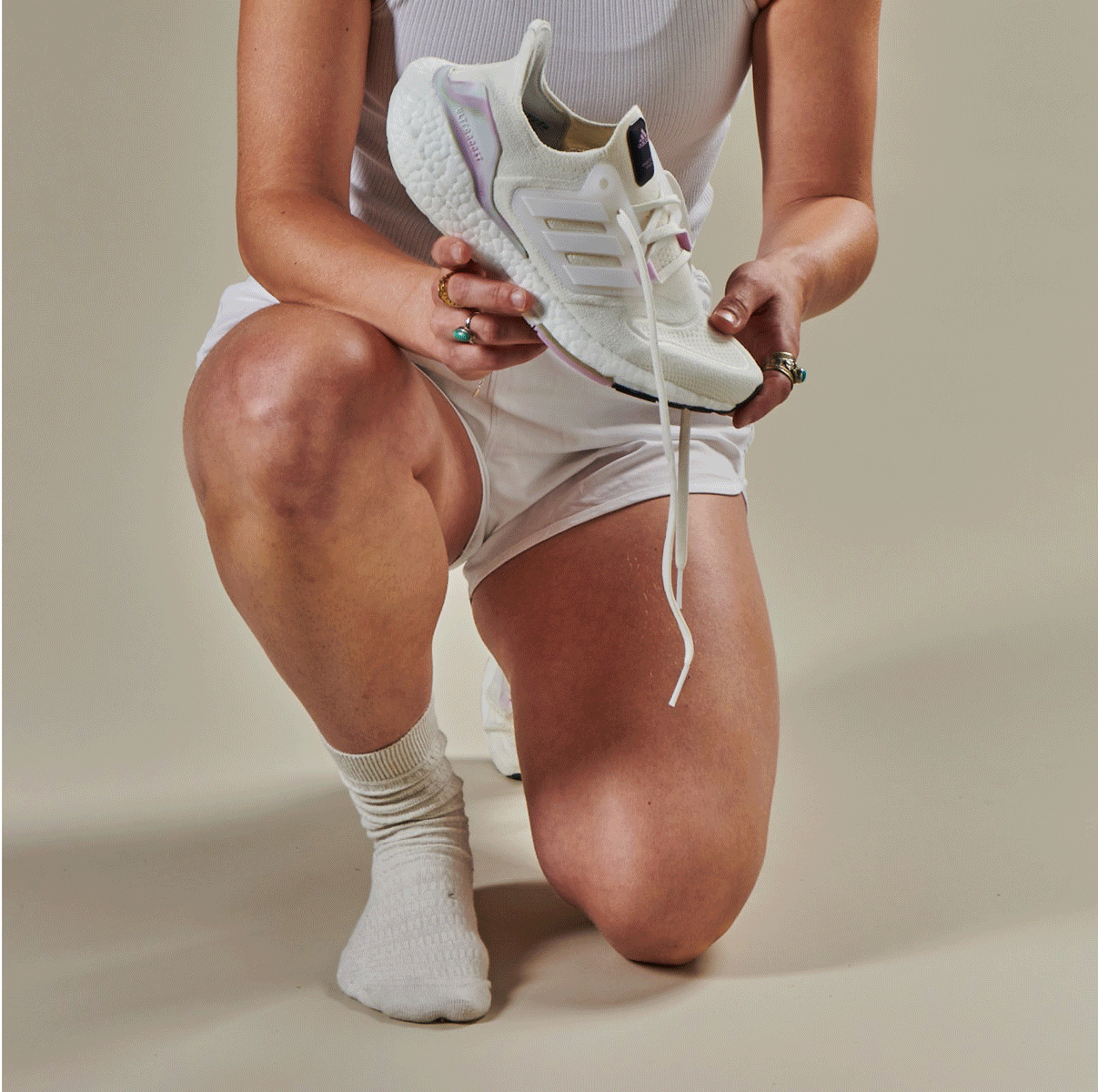 I'm a Health Editor who's tried 100's of shoes - these are officially the best gym trainers you can buy
I'm a Health Editor who's tried 100's of shoes - these are officially the best gym trainers you can buyFor running, weight training, walking, and more.
By Ally Head
